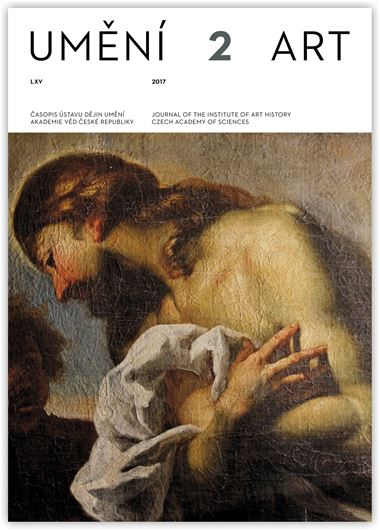Helena Čapková
Marginální fenomén, nebo oběť orientalistického klišé? K vzájemným stykům japonských a evropských meziválečných avantgard
This study focuses on Japanese artists’ experiences with Europe and with the Czechoslovak avant-garde in particular, and it describes the context in which Japanese art was viewed by segments of the public interested in modern contemporary Japanese art. It thus offers an introduction of sorts to a broader but to date marginal subject. The journey to Europe as a return to Japanese tradition would seem an unlikely chapter in the history of the early stages of Japanese modernism — unlikely because Japanese artists themselves, while striving to be modern, saw the West and its art as threatening to engulf them and deprive them of their ‘Japaneseness’ if they took Western influences as their model. They thus subscribed to the stereotypes that characterised Orientalism and remain deeply rooted in Czech society to the present day. The paradoxical experience of expecting to plumb the depths of the avant-garde in Europe but instead going back to Japanese art was not uncommon for Japanese artists, and books and journals record testimony of this provided not just by architects Sutemi Horiguchi (1895–1983), Masami Makino (1903–1983), Chikatada Kurata (1895–1966), but also, for example, by textile artist Michiko Yamawaki (1910–2000), who trained at the Bauhaus. The study offers an analysis of these transnational experiences and attempts to capture how they shaped the work of Japanese artists and principles of education in the field of art and design in interwar Japan. As well as examining direct reciprocal influences between individual artists and art groups, the study looks at the wider interpretations of Japanese and Czechoslovak art and at the changes to these interpretations resulting from historical or political developments. Political influence appears to be particularly evident in collecting and exhibition work, an example of this being the work of Jirohachi Satsuma (1901–1976).
Full-text in the Digital Library of the Czech Academy of Sciences:
https://kramerius.lib.cas.cz/uuid/uuid:4bb314b3-d0b9-43cb-93f2-60a5c6425438
< back

